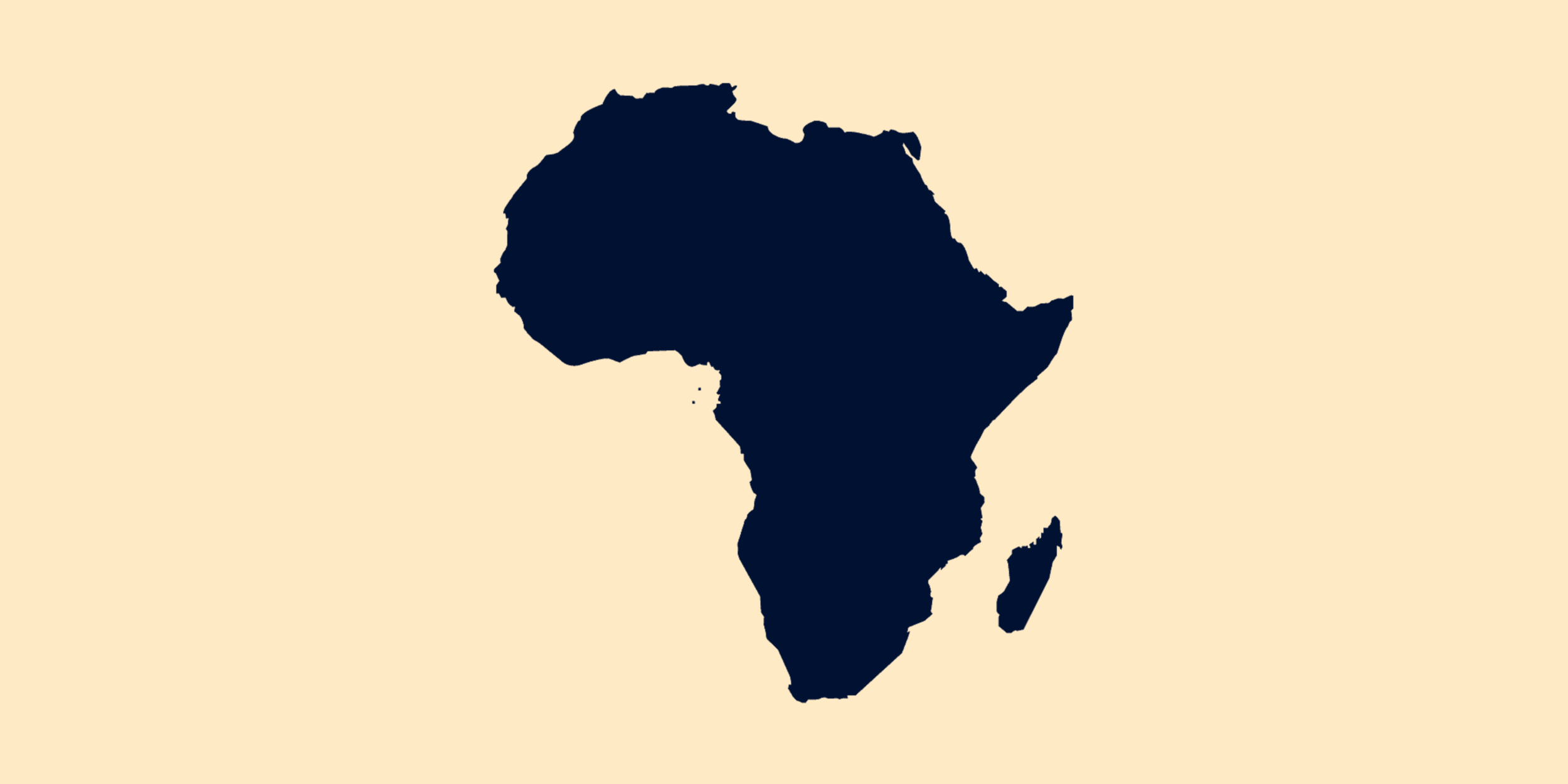The 2023 FIFA Women's World Cup has ended, with Spain winning the title for the first time.
It has undoubtedly been the best edition so far, with significant differences in every aspect since the last tournament in France 2019.
It was a tournament that would take this sport forward, and increase interest in it around the globe.
The attendance record was broken, worldwide media coverage and live broadcasts of the matches increased in number, and the level of football and competition was higher than we’ve seen in the past.
These things give an immense optimism for the future, but what made this tournament so special?
A new champion
Spain won the FIFA Women's World Cup for the first time in their history after beating a disappointing England side 1-0 in the final.
Their captain, Olga Carmona, scored the only goal halfway through the first half.
Both teams have been the best performers throughout this tournament, and Spain deserved to win the title despite suffering a humiliating 4-0 defeat to Japan in the group stage.
The team, taking a bulk of their players from Barcelona, the European champions, managed to bring the club side’s dominance to the national team.
They showed off this attitude in their knockout wins against Switzerland, the Netherlands, and Sweden.
In the space of a year, Spain has won the Women’s World Cup title at three different age groups - U17, U20 and senior.
The fall of empires
This tournament will also be remembered for the pre-tournament favourites struggling.
Germany – until this tournament, they had never lost a match in the group stage. It started with an impressive 6-0 win against Morocco, but a dramatic loss against Colombia and a draw against South Korea sent the European finalists home after the group stage.
Brazil – The Seleção had hoped to win the World Cup for the first time in Marta's final tournament, but, like Germany, Brazil was eliminated embarrassingly. It started with a 4-0 win against Panama, but a loss to France and a goalless draw against Jamaica sent Brazil home after the group stage, for the first time since 1995. Marta retired from the game at 40, in tears.
USA - The 2019 World Cup champions were one of the major favourites to win the title again, but the chemistry between the players and coach Vlatko Andonovski wasn't right. Even before the World Cup tournament, the team had failed to impress, but the results were still good. Everyone thought the American talent would do it, but the reality was different. Portugal was one shot from sending the USA home after the group stage, but in the end, they were eliminated in the round of 16, against Sweden on penalties.
Colombia surprise
Only six or seven years ago, women's football in Colombia was semi-professional and, in general, wasn't taken seriously in the country.
But the significant change in the last couple of years has made fans follow the national team both in stadiums and on television.
Most of it is because of young sensation Linda Caicedo, Real Madrid's player and the biggest talent in Colombia.
And many fans made their way to Australia and New Zealand, bringing their traditional Colombian colour to the stands.
On the pitch, the Super Poderosas also showed their power, with an opening win against South Korea and then a dramatic 2-1 win against Germany.
Colombia qualified for the round of 16 and beat Jamaica 1-0, but in the quarter-finals, England stopped the South Americans.
Regardless, it was a historic tournament for the team, who reached the quarter-finals for the first time.
Morocco make history
Until several years ago, having an Arab country participating at the Women’s World Cup might have sounded unrealistic, but this year Morocco did just that.
The Africans had impressed in their continental tournament, and qualified for the World Cup as a result.
That in itself was a massive achievement, but that wasn’t the end of the story for the team.
Few experts thought they would take something from Group H, which included Germany, Colombia and South Korea.
They started with a 6-0 defeat against the Germans, but then beat South Korea and Colombia by a goal to finish in second place.
In the round of 16, Ibtissam Jraidi and her teammates were stopped by France, but no one will take their impressive achievement away from them.
The hosts exceed expectations
For years, Australia has been considered a good team and had reached three World Cup quarter-finals in three consecutive tournaments.
At the beginning of the tournament, their biggest star, Sam Kerr, was injured and missed the first two matches, but the Matildas managed to win twice without her, finishing at the top of their group.
They beat Denmark 2-0 in the round of 16 to face the mighty France in the quarter-finals.
It was one of the best matches of the tournament, which ended in a goalless draw after 120 minutes, and a penalty shoot-out, which Australia won.
But in the semi-finals that run would end, when Australia lost 3-1 to England.
After losing to Sweden in the third-place play-off, they also failed to win the bronze medal, but it was still a massive tournament for the team, both on and off the pitch.
The team played well, and nearly sold out most of their games.
New Zealand, on the other hand, were never close to Australia's level, and came into the tournament having never won a World Cup match.
That record would change in their first game, however, after they beat Norway 1-0.
But an unexpected defeat against debutants the Philippines prevented the Kiwis qualifying for the next round.
Eight debutants
Eight national teams made their FIFA Women’s World Cup debut in the 2023 edition - Morocco, Zambia, Haiti, Panama, Portugal, the Republic of Ireland, the Philippines and Vietnam.
Morocco were the only ones to advance to the next round, but the Philippines, Haiti and Portugal, who were close to eliminating the USA, made a very good impression.
Attendance and viewership records
This World Cup will also be remembered because of record attendance inside the stadiums, and on television around the world.
The numbers had significantly increased since the last World Cup in 2019.
After the first 16 matches, there was a 54% increase in the numbers attending.
The co-hosts Australia, who played in front of just a few thousand a decade ago, filled the stadium in Sydney for three of their games, with 75,784 fans turning up.
Over 1.5 million tickets were sold in total.
In New Zealand, the record for a football match – mens or women’s – was set on the opening day with 42,137, and this record was broken again a few days later.
And on television, according to FIFA, viewership rose from 1.19 billion four years ago, to over 2 billion.






























